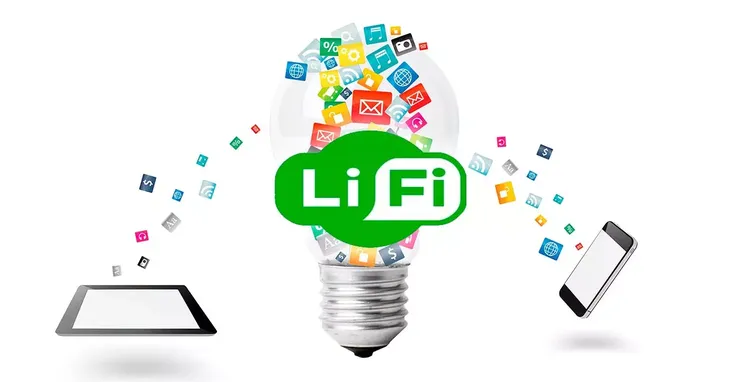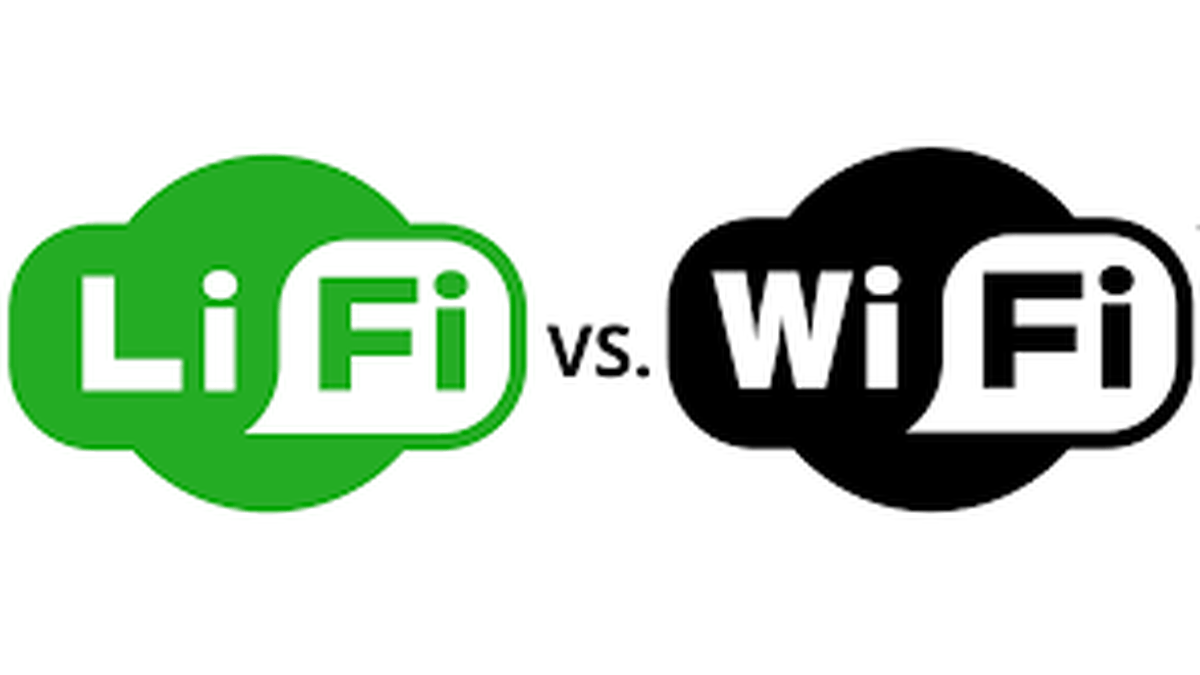I discovered this technology that uses visible light to transmit data at high speeds.
The search for connections to Faster and more efficient internet led to the creation of innovative technologies. In this context, the LiFi (Light Fidelity) It presents itself as a promising alternative to WiFioffering connection speeds up to 100 times faster. This technology uses visible light to transmit data, transforming the way we connect and communicate.
The content you want to access is exclusive for subscribers.
Developed by the Professor Harald Haas In 2011, LiFi takes advantage light emitting diodes (LEDs) to send information through light pulses that are imperceptible to the human eye. As the demand for connectivity continues to grow, LiFi is emerging as a solution that could complement or even replace WiFi in a variety of applications and environments.


lifi-wireless.webp

How does it work?
The operation of LiFi is based on the light modulationBy rapidly switching on and off a light source, such as an LED, data can be sent in the form of light pulses that are not visible to the human eye. These pulses are captured by devices with special receivers, which convert the light into digital information. This allows convey data faster and with increased securitysince the signal cannot go through walls How does he do it? WiFi.
lifii.jpeg

Advantages and Challenges of LiFi
The advantages of LiFi are significant. First of all, its top speed It can facilitate faster downloads and improve the experience in bandwidth-intensive applications such as HD video streaming and virtual reality. Additionally, by using light instead of radio waves, LiFi reduces the risk of data interceptionmaking it a safer option for sensitive environments such as hospitals and airplanes.
However, LiFi faces certain challenges. Its reliance on light limits its effectiveness in dark environments or when obstacles block the signal. Additionally, the need for a direct light source can complicate its use in situations that require constant mobility. Despite these limitations, LiFi has the potential to co-exist with WiFi, offering a faster and more secure solution to meet the growing demand for connectivity in the digital world.
Source: Ambito
I am an author and journalist who has worked in the entertainment industry for over a decade. I currently work as a news editor at a major news website, and my focus is on covering the latest trends in entertainment. I also write occasional pieces for other outlets, and have authored two books about the entertainment industry.




